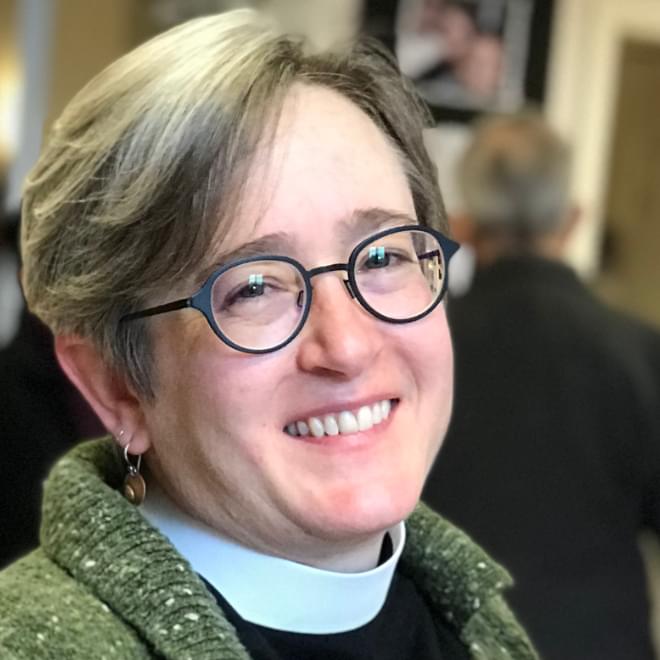Theology | Ethics | Liberation | Jesus
Embodied Virtue: Male and Female Priests
Liturgically situated icons envision salvation in embodied transfigured persons who are unique, irreducible and free. Through them, and through the life of the one fully human person towards whom they point, Christ, we become free, unique and irreducible. In short, a properly iconodule theology of participation expresses an Orthodox ethic of becoming fully human as uniquely embodied irreducible persons. The driving question is: does our iconic liturgical practice fully encourage this process in men and women? As long as we continue to implement an exclusively male iconic priesthood, the answer is no. A theological ethic of embodied participation as images of Christ is a compelling reason to ordain women to the priesthood in the Orthodox Church.
